The end of the long trade fair drought is looming and the industry sees a faint light flickering at the end of the tunnel. Trade fairs and events are slowly starting to get going again. But the question is what impact the Corona-related forced break will have on the trade fair medium in the long term. What is actually clear is that the events industry has to change many of its cherished traditions and habits. As in other areas, the much-cited magnifying glass of the crisis has meant that trade fairs have to reinvent themselves - at least in many parts - and cannot remain in the same old routine.
Over the last 14 months, together with our partners such as the FVI - Forum Vision Maintenance, the MFA (Maintenance and Facility Management Society of Austria) and Bayern Innovativ, we have regularly conducted surveys on the subject of trade fairs and also conducted numerous interviews with industry representatives. The aim was to observe how companies deal with the loss of an important communication and sales tool and what demands they will place on trade fairs in the future based on their experiences.
The good news is: trade fairs were missed and could not be completely replaced by digital alternatives. Personal contacts and conversations, real product experiences and the complex information transfer of a real trade fair cannot be replicated with the required intensity in the two-dimensional space of digital worlds; chance encounters are practically impossible.
However, many have also had positive experiences with digital tools such as webinars, video conferences and digital showrooms. A frequently cited reason in the surveys was time and cost efficiency. The transfer of knowledge through online conferences in particular worked well and sales no longer had to travel around the country for every meeting. Most companies have also learned that the company website is not just a digital product catalog, but can also be used very well for lead generation and customer care with visual elements such as videos, VR and AR technologies as well as corresponding interactive communication offers such as chats and live demos.
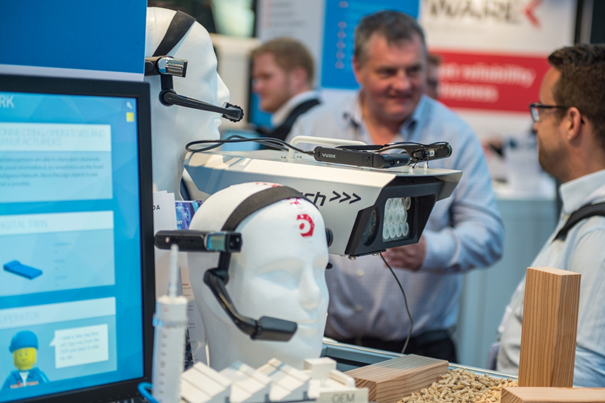
Measure, yes – but…
Most of the companies surveyed will be represented at trade fairs again as soon as possible, although perhaps to a different extent. The majority of respondents called for more hybrid formats that combine the best of the digital and analogue worlds in the first survey in summer 2020 and more clearly in spring 2021. More or less inevitably, companies had to jump on the digital transformation bandwagon at the beginning of the pandemic. Many learned quickly and no longer want to miss the advantages they have gained. This rapid learning curve can no longer be reversed on both the provider and customer sides.
How did the organizers react to the situation? They also had to adapt and learn quickly. After the shock of the first waves of cancellations in spring 2020, most trade fair companies have recognized that the pandemic is causing a lasting change in the trade fair industry. The days of real estate managers who mainly rented out square meters are finally over. So new concepts and business models were tried out. It was quickly recognized that virtual trade fairs mirrored one-to-one on the Internet with colorful avatars and animated stands were not the solution. Content increasingly came to the fore and many events became digital conferences with some epochal presentations. But the technology required for studios, streaming and professional moderation is complex and expensive and you can't really make money that way. Furthermore, the Internet is a volatile medium and only the most hardened experts manage to follow a lecture program for more than an hour or two on the screen, especially when the speaker is giving a long-winded marketing pitch with his cat in the background. So an attempt was made to promote digital networking, which led to sometimes very complex platforms that overwhelmed both visitors and exhibitors. However, it often became clear that many approaches were only intended to bridge the time until “real” trade fairs could take place again.
To save the honor of all those involved, it must of course be noted that so far there has been little experience with truly hybrid trade fairs because only a few have taken place. But the development will continue rapidly! And then it becomes clear who has really learned something and is dealing with the situation in a creative, distributive manner.
Even before the pandemic, it was clear that large, feudal events with hundreds of thousands of visitors and thousands of exhibitors were past their best. The short trade fair phase in late summer 2020 already showed that everyone involved had carefully considered whether a visit to the trade fair made sense. Even public events such as the Caravan Salon in Düsseldorf had significantly fewer visitors. But on closer inspection, that doesn't have to be a disadvantage. I was there and experienced a relaxed and informative trade fair like rarely before. No crowds in the aisles, all products were accessible, the exhibitors were open and willing to talk. And most exhibitors found that this was more effective than before. Less freebies, but more high-quality contacts (Is that the new currency?). Because whoever came also had a concrete reason for it.

Back to the roots?
So in which direction will events develop in the future? Maybe a little bit in the direction of how it all began. Trade fairs have developed from the marketplace where buyers and sellers met, offered goods and exchanged knowledge and information. Thanks to digitalization, the customer is now more demanding and better prepared. By customer I mean the visitor who today expects more and wants to be better looked after by exhibitors and organizers. And all year round, not “just” on the occasion of a single event. This means that the customer must be offered a tailor-made customer journey that meets HIS needs.
Digital trade fair platforms are no longer online catalogs to tease an event. They become community platforms that satisfy individual needs for information, but also promote exchange among like-minded people. The initial contact with potential customers and the basic provision of information takes place digitally and is gradually consolidated up to personal contact at the event. Digital and analogue platforms complement each other in the interests of the customer and thus offer the desired added value: problem solving! Trade fairs of the future are well-coordinated multi-channel instruments that offer customers what they currently need. On different levels, at all times and in various places.
Actually nothing new, you might think. But so far only one part or the other has been highlighted. The sensible combination of digital and analogue channels creates numerous opportunities to increase contact points in order to reach new customers, deepen existing business relationships and expand networks in order to do long-term business - which was actually the point of a trade fair/marketplace ! And all of this can be measured and evaluated if you use the data obtained appropriately.
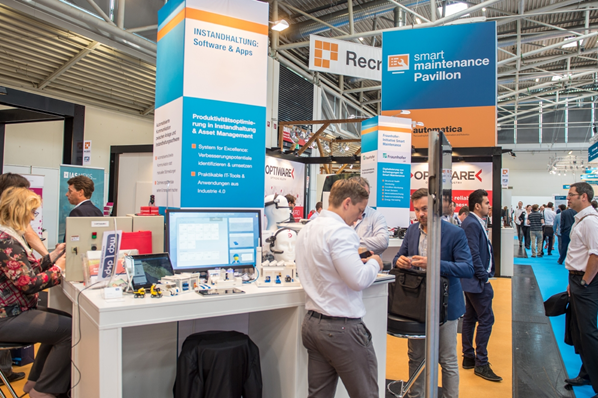
A lot doesn't always help a lot
However, people who are new to technology tend to make such approaches too complex. Exhibitors and visitors quickly become overwhelmed and put off. At the latest when a company has to enter and maintain dozens of different online trade fair profiles, frustration and then resignation quickly arise because the results usually fall short of expectations. Visitors become participants who need to be well and easily supported and accompanied on their personal customer journey, otherwise they will quickly end up back on Google when searching for information. Corresponding concepts should therefore include uncomplicated multiple use of data without unnecessary media breaks.
In the future, trade fair organizers will therefore have new areas of activity and, by the way, new areas of income. You become an advisor and supporter for your customer and no longer just sell a power connection or catalog entry in addition to the stand space. You become a partner who accompanies the customer in all areas and guides them through the various product solutions. And perhaps at some point the exhibitor will no longer pay for the square meter, but rather for the potential purchase contact.
Efficient event formats
Ultimately, trade fairs will continue to be an important marketing and sales tool. And we won't completely reinvent the wheel either. Much of what is now on the table has been in use more or less for years. Be it online preparation, digital participant registration or year-round visitor management. But the cards are now being reshuffled. The cost-benefit analysis of participating in an event is assessed differently and must be measurable. Intercontinental travel to trade fairs and congresses is being reconsidered. Leading international trade fairs no longer take place every four years at one location with great effort, but rather more frequently and globally at several locations. The trend towards small but fine trade fairs at (Euro)regional level will therefore continue to grow.
And the organizers’ partnership models with associations, networks and media will also have to change. Because one player alone will no longer be able to meet the high demands. As established dividing lines between those involved are eliminated, new business models are required here. If everyone benefits from each other's core competencies, everyone wins and an otherwise destructive cannibalization effect is avoided.
The next few months will show which organizers have best sorted and supplemented their toolbox. So it remains exciting!
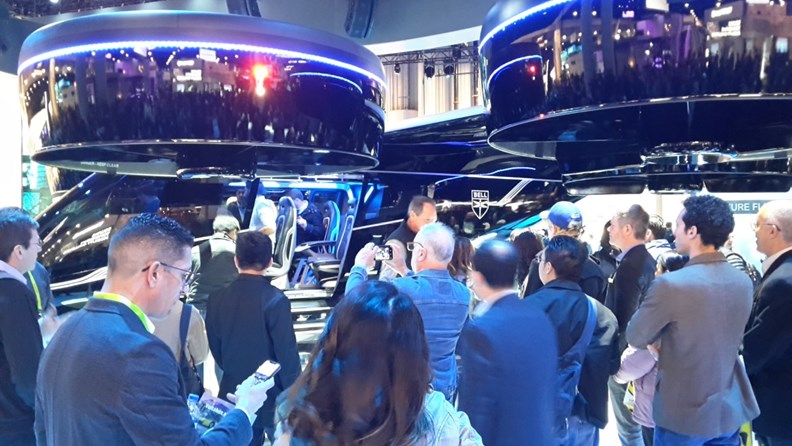
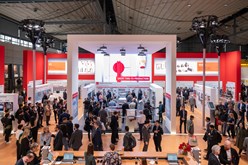




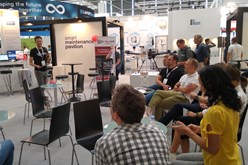


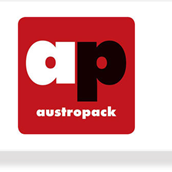
.jpg?w=172&h=172&mode=crop)

.png)